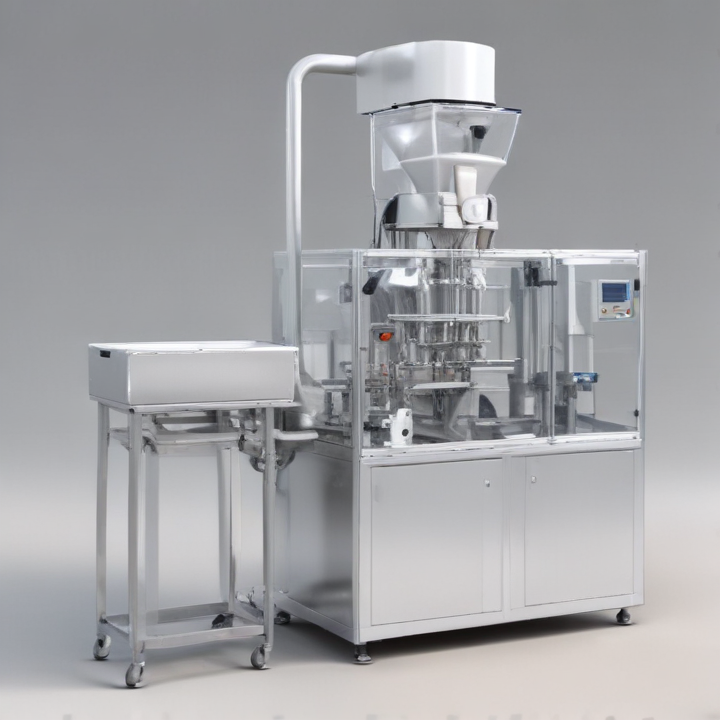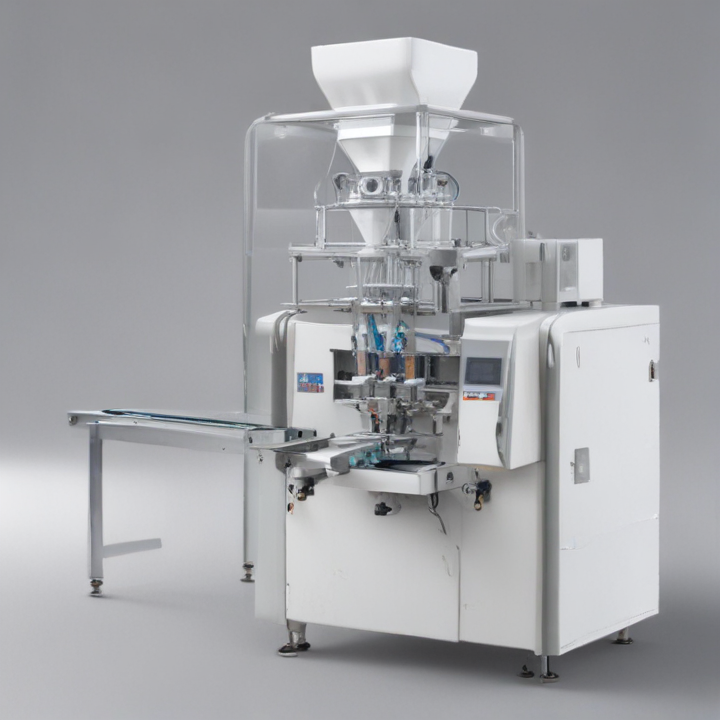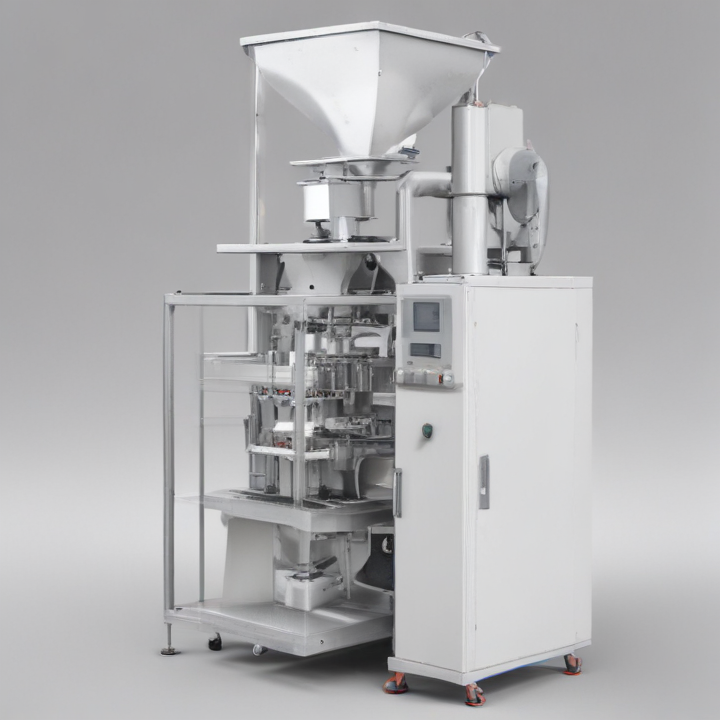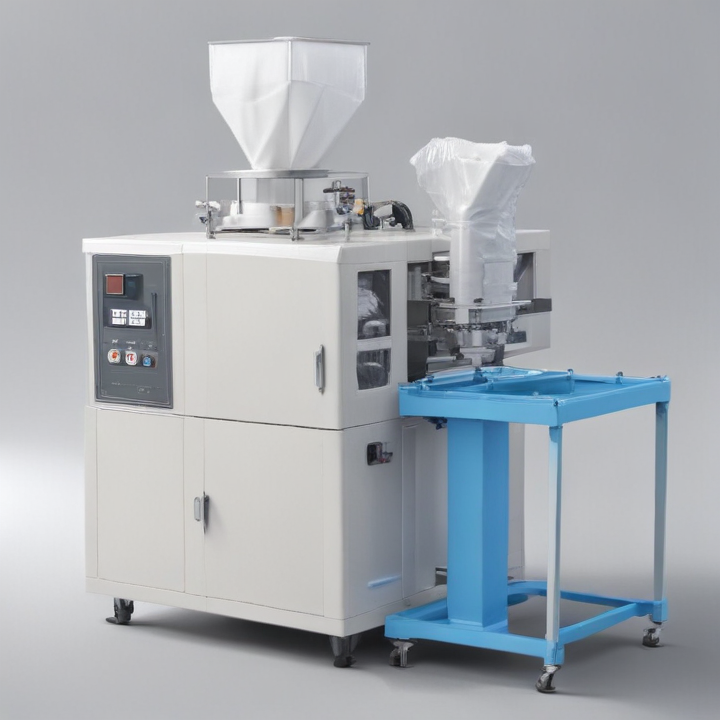List Technical Parameters of “detergent powder packing machine”
Sure! Here are the key technical parameters of a detergent powder packing machine within 300 words:
1. Packaging Speed:
– Typically ranges from 30 to 120 packs per minute (ppm), depending on machine type and product specifications.
2. Packing Range:
– Suitable for various weights: 10g to 5kg, adjustable per requirements.
3. Power Supply:
– Commonly operates at 220V-380V, 50-60Hz, depending on regional standards.
4. Power Consumption:
– Usually around 2-5 kW based on the machine’s capacity and features.
5. Accuracy:
– Generally maintains a high precision level with deviation around ±1-2%.
6. Machine Dimensions:
– Varies, but typically around 1200mm (L) x 800mm (W) x 1800mm (H).
7. Weight:
– Net weight often ranges from 300kg to 800kg.
8. Material:
– Constructed predominantly from stainless steel (SS304/SS316) for durability and hygiene.
9. Control System:
– Equipped with PLC (Programmable Logic Controller) and touch screen HMI (Human Machine Interface).
10. Filling Mechanism:
– Auger or volumetric cup filling systems common for accuracy in powder dispensing.
11. Sealing Type:
– Heat-sealing (can be impulse, continuous, or band sealers) for airtight packaging.
12. Bag Type:
– Supports various bag formats: pillow bags, gusseted bags, and stand-up pouches.
13. Film Material:
– Compatible with multiple film materials: PE, PET, laminated films, aluminum foil, etc.
14. Air Consumption:
– Air supply generally required around 0.6-0.8 MPa (Mega Pascal) for pneumatic functions.
15. Operational Temperature:
– Ambient temperatures generally between 10°C to 40°C for optimal performance.
16. Hopper Capacity:
– Varies but often ranges between 20L to 50L.
17. Safety Features:
– Emergency stop, overload protection, and safety guards are standard.
18. Maintenance:
– Easy-to-clean design with minimal maintenance requirements.
These parameters help in selecting a detergent powder packing machine tailored to specific production needs.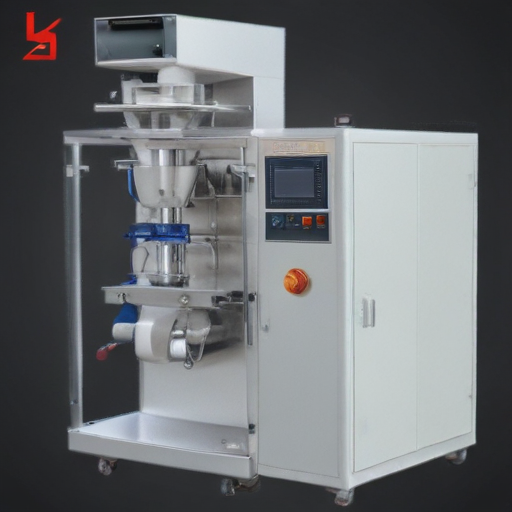
List Product features of “detergent powder packing machine”
Certainly! Here are the key product features of a “detergent powder packing machine”:
1. High Efficiency: Capable of packaging a large volume of detergent powder in a short period.
2. Automated Operation: Fully automated for easy operation, reducing the need for manual intervention.
3. Adjustable Settings: Allows customization of bag size, filling amount, and sealing type to meet different packaging requirements.
4. Versatile Packaging Types: Supports various packaging formats such as pillow bags, gusseted bags, and more.
5. Accurate Filling: Advanced filling technology ensures precise weight measurements to minimize wastage.
6. Durable Construction: Made with high-quality materials like stainless steel to ensure longevity and resistance to corrosion.
7. User-Friendly Interface: Intuitive control panel often with touch-screen for easy operation and monitoring.
8. Fast Changeover: Quick and easy changeover between different products and packaging sizes to minimize downtime.
9. Safety Features: Equipped with multiple safety sensors and emergency stop functions to protect operators.
10. Low Maintenance: Designed for low maintenance with easy-to-clean components, reducing downtime and operational costs.
11. Sealing Efficiency: Superior sealing capabilities to ensure that packages are airtight and aesthetically pleasing.
12. Reduced Power Consumption: Energy-efficient design to lower operational costs.
13. Integration Capability: Can be integrated into existing production lines with ease.
14. Quality Control: Often includes features like metal detectors and check weighers for ensuring product quality.
15. Compact Design: Space-saving design suitable for factories with limited floor space.
16. Versatile Applications: Can be used for packing not just detergent but also other granular or powder products.
17. CE Certification: Often meets international safety and quality standards for export markets.
These features collectively enhance the efficiency, versatility, and reliability of detergent powder packing operations.
List Application of “detergent powder packing machine”
A detergent powder packing machine is a specialized device designed to efficiently package detergent powder into different types of packets or containers. Its applications span across various industrial and commercial sectors, adding value through automation, precision, and convenience. Below are some key applications:
1. Manufacturing Plants: In detergent manufacturing facilities, these machines ensure high-speed packaging of detergent powders, improving production efficiency and reducing labor costs.
2. Contract Packaging Services: Companies offering contract packaging services utilize these machines to pack detergent powder for various brands, meeting specific packaging requirements for different clients.
3. Retail Packaging: These machines are used in retail packaging to produce consumer-sized packets that are convenient for sale in stores. The consistent and attractive packaging helps increase product appeal and sales.
4. Bulk Packaging: For institutional buyers like hotels or laundromats, detergent powder packing machines are used to package larger quantities, optimizing the distribution process.
5. Customized Packaging: They are employed to produce custom-sized packets for special promotions, sample distributions, or trial packs, aiding marketing efforts.
6. Supply Chain Management: Enhancing efficiency in the supply chain, these machines ensure that the detergent powder is securely packed, reducing wastage and the risk of contamination during transportation and storage.
7. Branding and Labeling: Advanced machines can integrate printing technologies for branding, labeling, and including essential information such as batch numbers, manufacturing dates, and expiration dates directly on the packaging.
8. Environmental Impact: Some packing machines are designed to use eco-friendly materials, supporting sustainability initiatives by reducing plastic waste and promoting the use of recyclable packaging.
By automating and streamlining the packaging process, detergent powder packing machines contribute to consistent product quality, lower operational costs, and enhanced productivity, making them essential in the detergent powder industry.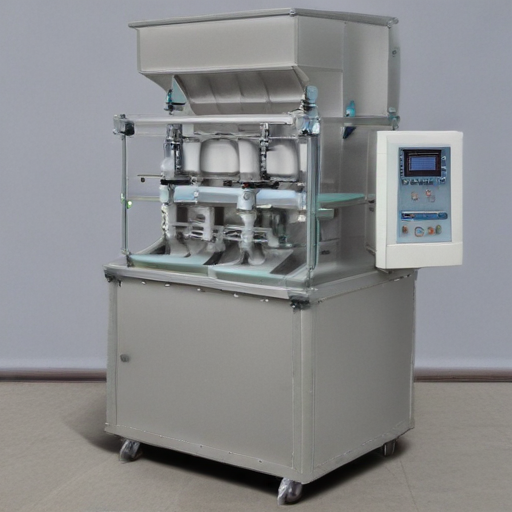
List Various Types of “detergent powder packing machine”
Certainly! Detergent powder packing machines come in various types designed to cater to different packaging requirements. Here are some of the most common types:
1. Vertical Form Fill Seal (VFFS) Machines:
– These pack machines vertically form, fill, and seal pouches from a roll of film. They are ideal for small to medium-sized packages.
– Common features include high speed, automated operation, and flexibility in package sizes.
2. Horizontal Form Fill Seal (HFFS) Machines:
– These machines form, fill, and seal pouches horizontally. They are typically used for larger package sizes or when packaging needs a stand-up pouch format.
– They offer high-speed operations and are suitable for continuous production lines.
3. Auger Filling Machines:
– These are specialized for handling fine detergent powders. The auger screw ensures accurate dosages, making it ideal for precise packaging.
– Typically used in conjunction with VFFS or HFFS systems for integrated form-fill-seal operations.
4. Multi-Head Weigher Machines:
– Utilize several weighing heads to portion the detergent powder efficiently and accurately.
– Often paired with VFFS systems for packaging, these machines are perfect for high-speed, high-precision operations.
5. Sachet Packing Machines:
– Designed specifically for packing small quantities of detergent powder into small sachets.
– Suitable for sample packs or single-use doses, these machines balance cost-efficiency with performance.
6. Automatic Pouch Packing Machines:
– Fully automated systems that handle the entire process from the pouch formation to sealing and cutting.
– These machines can handle various pouch types, including flat, stand-up, and gusseted pouches.
7. Semi-Automatic Packing Machines:
– Require more manual intervention than fully automated systems. They are more affordable and suitable for smaller operations or lower production volumes.
– Typically include manual feed and semi-automatic sealing mechanisms.
Each type caters to specific packaging needs, from small sachets to large pouches, and from manual to fully automated systems. Choosing the right machine depends on production scale, budget, and the type of packaging desired.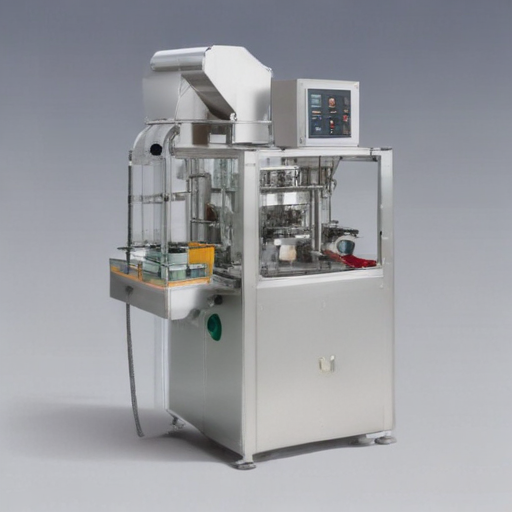
Custom Manufacturing Options for detergent powder packing machine
Custom manufacturing options for a detergent powder packing machine can drastically enhance its efficiency, reliability, and versatility to meet specific business needs. Below are some tailored features to consider:
1. Bag Size and Type Compatibility:
– Versatile Bag Sizes: Configure the machine to handle various bag dimensions for different market requirements.
– Material Flexibility: Ensure compatibility with various packaging materials like plastic, paper, or biodegradable films.
2. Filling Mechanism:
– Auger Fillers: For precise and consistent filling, especially for fine detergent powders.
– Volumetric Fillers: Ideal for high-speed operations where slight weight variations are acceptable.
3. Automation Level:
– Semi-Automatic: Suitable for small to medium enterprises looking for cost-effective solutions.
– Fully Automatic: Perfect for large-scale operations requiring minimal human intervention and high-speed production.
4. PLC Control Systems:
– Custom Programming: Integrate programmable logic controllers (PLCs) for tailored operational sequences, ease of use, and adaptability.
5. Multi-head Weighers:
– Precision Weighing: Ensure accurate weight distribution, reducing product waste and ensuring compliance with packaging regulations.
6. Sealing Options:
– Heat Sealing: For plastic and composite materials.
– Ultrasonic Sealing: Energy-efficient and ideal for eco-friendly packaging options.
7. Printing and Labeling:
– Integrated Printers: For real-time batch coding, date stamping, and branding.
– Label Applicators: Seamless incorporation for various labeling needs.
8. Hygienic Design:
– Stainless Steel Construction: Ensures durability and compliance with health regulations.
– Easy Cleaning Features: Simplifies maintenance, essential for avoiding contamination.
9. Safety Features:
– Emergency Stop Buttons: Strategically placed for quick access.
– Guarding and Shields: To protect operators from moving parts.
10. Custom Hopper Design:
– Anti-Bridging: To prevent clogging of detergent powder.
– Variable Capacity: Tailored to production needs and space constraints.
By carefully selecting these custom options, businesses can optimize their detergent powder packing processes, ensuring efficiency, safety, and flexibility tailored to their unique production demands.
List Quality Control and The Manufacturing Process of “detergent powder packing machine”
### Quality Control of Detergent Powder Packing Machine
1. Materials Inspection:
– Raw Materials: Check for compliance with specifications.
– Components: Inspect bearings, motors, and electronic parts.
2. Manufacturing Process Monitoring:
– Precision Machining: Ensure dimensional accuracy with tolerances.
– Welding & Fabrication: Check the integrity and alignment of welded parts.
3. Assembly Inspection:
– Sub-Assemblies: Inspect assembly stages for correct fitting and alignment.
– Functional Testing: Ensure mechanical parts move smoothly and electronics respond correctly.
4. Pre-Delivery Test:
– Operational Test: Run the machine through full cycles with and without load.
– Safety Checks: Verify emergency stops and guard features.
5. Documentation:
– Traceability: Maintain log sheets and inspection reports for traceability.
– Compliance: Certify adherence to ISO standards and regulatory requirements.
### Manufacturing Process of Detergent Powder Packing Machine
1. Design and Planning:
– Conceptual Design: Create blueprints and technical specifications.
– Prototyping: Develop and test prototypes for functionality.
2. Procurement:
– Materials & Components: Source high-quality steel, aluminum, electronics, and motors.
3. Manufacturing:
– Machining: Use CNC machines for precision cutting, drilling, and shaping.
– Welding & Fabrication: Carefully weld frameworks and housings.
4. Electronics & Control Assembly:
– Circuit Boards: Install and test control circuits.
– Sensors & Actuators: Install sensors, motors, and control systems.
5. Main Assembly:
– Combining Sub-Assemblies: Integrate mechanical and electronic assemblies.
– Calibration: Calibrate sensors, load cells, and control systems.
6. Testing:
– Dry Run: Test the machine without load to ensure all parts work correctly.
– Wet Run: Test with actual detergent powder to check for performance, accuracy, and consistency.
7. Finishing:
– Surface Treatment: Apply protective coatings.
– Labeling: Affix operational labels and instruction guides.
8. Final Inspection:
– Quality Assurance: Perform a final quality check.
– Packaging: Securely package the machine for shipping.
Each production step is meticulously monitored to ensure the utmost quality and performance of the detergent powder packing machine.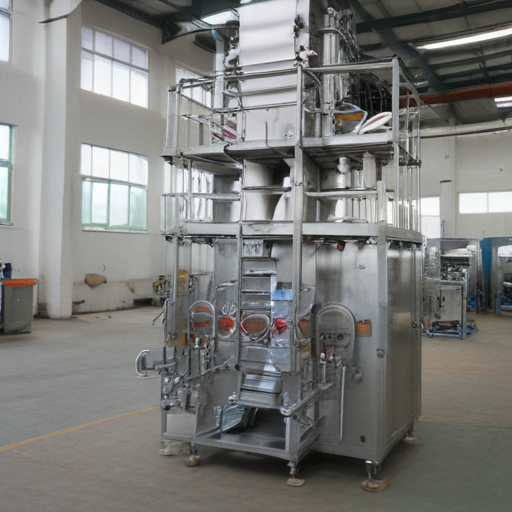
How to use “detergent powder packing machine”
Using a detergent powder packing machine involves several key steps to ensure efficient and accurate operation. Here’s a concise guide:
1. Preparation:
– Check the Machine: Ensure all parts are clean and in working condition.
– Load the Film Roll: Place the packaging film roll on the designated holder and thread it through the machine components as per the user manual.
2. Settings Configuration:
– Set Parameters: Adjust the machine settings for parameters like pouch size, sealing temperature, filling weight, and speed.
– Calibrate: Calibrate the scale for accurate measurement of detergent powder.
3. Loading Detergent Powder:
– Fill the Hopper: Pour the detergent powder into the machine’s hopper. Ensure it is free from lumps and moisture.
4. Operation:
– Start the Machine: Power on the machine and initiate the operation using the control panel.
– Monitoring: Keep an eye on the filling and sealing process. Ensure pouches are correctly formed and sealed.
5. Quality Check:
– Inspect Pouches: Periodically check the filled pouches for proper sealing, weight accuracy, and any defects.
– Adjust if Necessary: If there are inconsistencies, pause the machine and make the necessary adjustments.
6. Maintenance:
– Routine Cleaning: Regularly clean the machine components to prevent clogging and ensure hygiene.
– Lubricate Moving Parts: Follow the manufacturer’s guidelines for lubrication to maintain smooth operation.
7. Safety Measures:
– Follow Safety Protocols: Wear appropriate safety gear, like gloves and masks.
– Emergency Stop: Familiarize yourself with the emergency stop button in case of any malfunctions.
By following these steps, you can efficiently use a detergent powder packing machine, ensuring high productivity and maintaining product quality.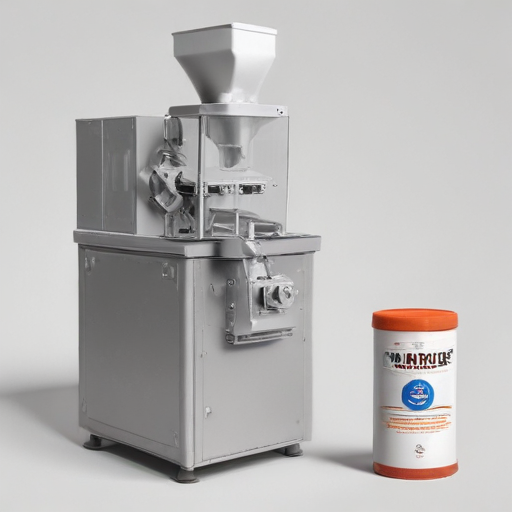
List Properties and Terms of “detergent powder packing machine”
Properties and Terms of Detergent Powder Packing Machine
1. Material Compatibility: Designed to handle various detergent formulae without causing contamination or degradation.
2. Speed: High packing speed, typically measured in packets per minute (PPM), ensuring efficient production rates.
3. Accuracy: Precise weighing and dosing mechanisms to maintain consistent packet weights, reducing waste and ensuring product quality.
4. Automation Level: Ranges from semi-automatic to fully automatic, often equipped with PLC (Programmable Logic Controller) for better control and versatility.
5. Bag Type Compatibility: Adaptable to different bag styles such as pillow-type, gusseted, or flat-bottom.
6. Sealing Mechanism: Uses heat sealing, ultrasonic sealing, or glue sealing to ensure airtight and secure packaging.
7. HMI (Human-Machine Interface): Touchscreen panels for easy machine operation, parameter adjustment, and real-time monitoring.
8. Maintenance: Easy to clean and maintain, with accessible parts and self-diagnostic features to minimize downtime.
9. Material of Construction: Often built with stainless steel for durability and hygiene standards.
10. Filling Mechanism: Auger fillers, volumetric cups, or multi-head weighers used for accurate dispensing of detergent powder.
11. Versatility: Capable of handling different packaging sizes and weights with quick changeover features.
12. Sensors: Various sensors to detect bag presence, alignment, fill level, and seal integrity, ensuring consistent packaging quality.
13. Safety Features: Emergency stop buttons, safety guards, and interlocks to protect operators.
14. Integration Capabilities: Can be integrated with upstream and downstream equipment such as mixers, conveyors, and palletizers for a seamless production line.
15. Energy Efficiency: Designed to consume minimal power, contributing to cost-saving and environmental sustainability.
16. Compliance: Meets industry standards and regulations such as GMP (Good Manufacturing Practice) and CE certifications.
Understanding these properties and terms helps in selecting the right detergent powder packing machine that aligns with production requirements and regulatory standards.
List The Evolution history of “detergent powder packing machine”
The evolution of detergent powder packing machines reflects advancements in technology and industrial automation over the decades. Here’s a brief overview:
Early 20th Century: Manual Packaging
– Hand-Filling and Sealing: Initially, detergent powders were manually scooped and filled into paper bags, which were then sealed by hand. This process was labor-intensive and inconsistent.
Mid-20th Century: Mechanization Begins
– Semi-Automatic Machines: The introduction of semi-automatic packing machines improved efficiency. Operators still managed part of the process, but mechanical aids began handling tasks like measuring quantities and sealing.
1970s and 1980s: Automated Systems
– Fully Automatic Packing Machines: Technological advancements led to fully automatic machines capable of filling, sealing, and labeling without human intervention. Pneumatic systems and basic programmable logic controllers (PLCs) were common.
– Focus on Speed and Accuracy: Machines became faster and more accurate, able to package detergent powders in various materials, including plastic and composite materials.
1990s: Integration of Electronics and PLCs
– Improved Control Systems: The integration of advanced electronics and more sophisticated PLCs allowed for better control, customization, and scalability. Machines could now handle a variety of bag sizes and formats with minimal downtime for changeovers.
2000s: Enhanced Automation and Precision
– Servo Motors: Inclusion of servo motors provided precise control over the packing process, optimizing speed and reducing waste.
– User-Friendly Interfaces: Touchscreen interfaces and better human-machine interaction (HMI) made machines easier to operate and troubleshoot.
2010s: Smart Technology and Sustainability
– IoT and Data Analytics: Internet of Things (IoT) capabilities enabled real-time monitoring, predictive maintenance, and data analytics for continuous improvement.
– Sustainable Packaging: Greater emphasis on eco-friendly materials and processes to reduce environmental impact.
2020s: Advanced Robotics and AI
– Robotic Arms: Implementation of robotic arms for tasks like palletizing and secondary packaging.
– Artificial Intelligence: AI algorithms drive further optimizations in speed, accuracy, and resource management.
Throughout its evolution, the detergent powder packing machine has transitioned from manual operations to highly sophisticated, automated systems, reflecting broader industrial trends and technological advancements.
How to Select a Reliable detergent powder packing machine
Selecting a reliable detergent powder packing machine involves several key considerations to ensure efficiency, durability, and suitability for your specific needs:
1. Type of Machine:
– Vertical Form Fill Seal (VFFS) machines are versatile and widely used for detergent powder.
– Premade Pouch Fill Seal machines are ideal for higher-end packaging.
2. Capacity and Speed:
– Match the machine’s throughput (packs per minute) with your production requirements. This ensures that the machine can handle your output without causing bottlenecks.
3. Flexibility:
– Look for machines that offer flexibility in pack sizes and types. Adjustable machine settings allow for packaging various quantities and types (e.g., sachets, pouches, large bags).
4. Material Compatibility:
– Ensure the machine is compatible with different packaging materials, such as plastic films, laminated films, or paper. This depends on your product’s packaging requirements and sustainability goals.
5. Automation and Control Systems:
– Advanced automation and smart control systems increase efficiency and reduce human error. Features like touch-screen interfaces, automatic weighing, and dosing systems are beneficial.
6. Quality and Durability:
– Consider machines made from high-quality stainless steel to prevent corrosion, crucial for the chemical nature of detergent powders.
7. Reputation of Manufacturer:
– Choose machines from reputable manufacturers with positive reviews and reliable after-sales support. Brands with proven track records in industrial equipment are preferable.
8. Maintenance and Spare Parts:
– Check the availability of spare parts and the ease of maintenance. Machines that require less frequent maintenance and have easily accessible parts are more reliable in the long run.
9. Cost:
– Ensure the machine is cost-effective, balancing upfront costs with long-term benefits. Investing in a reliable machine can lead to lower operational costs and higher productivity.
10. Compliance and Certification:
– Verify that the machine meets industry standards and regulations, such as CE certification, to ensure safety and quality.
Research thoroughly, and consider all these factors to select a machine that aligns with your production needs and business goals.
List “detergent powder packing machine” FAQ
Detergent Powder Packing Machine FAQ
1. What are detergent powder packing machines?
– These machines are designed for automating the packaging of detergent powders into various forms such as pouches, sachets, or larger bags.
2. What types of packaging can these machines handle?
– They can handle a variety of pouch styles including pillow pouches, gusseted pouches, stand-up pouches, and more.
3. What are the key features of these machines?
– Common features include automatic filling, sealing, cutting, and coding. Advanced models may offer multi-head weighing, high-speed operation, and smart touchscreen controls.
4. What is the typical production speed?
– Depending on the model and product specifications, speeds can range from 30 to 120 packs per minute or more.
5. What materials are used for packaging?
– Materials such as polyethylene, polypropylene, and laminated plastic films are commonly used.
6. How do you ensure consistent filling accuracy?
– Machines use advanced weighing systems and sensors to ensure that each package is filled accurately according to set specifications.
7. Are these machines suitable for all types of detergent powders?
– Yes, they can handle a wide range of detergent powders including free-flowing and non-free-flowing types.
8. Is the machine easy to maintain?
– Most machines are designed with easy maintenance in mind, featuring stainless steel construction, modular components, and user-friendly interfaces.
9. Can the machine be integrated into existing production lines?
– Yes, they can be integrated into existing production lines and can also be customized to meet specific requirements.
10. What safety features are included?
– Common safety features include emergency stop functions, overload protection, and safety guards to prevent accidents.
11. How are the machines powered?
– They typically require an electrical power supply and may also need compressed air for pneumatic functions.
12. Is training provided for operators?
– Most manufacturers offer training sessions and comprehensive manuals to ensure operators can effectively and safely use the machines.
13. What is the price range for these machines?
– Prices can vary widely based on capabilities, ranging from $10,000 to over $100,000.
14. Do these machines comply with regulatory standards?
– Reputable manufacturers design machines to comply with international standards such as CE, ISO, and GMP.
15. How long is the warranty period?
– Warranty periods typically range from one to three years depending on the manufacturer.
Top 10 FAQ with answer about detergent powder packing machine for Buyer Sourcing from China
Certainly! Here are the top 10 frequently asked questions (FAQ) with answers about sourcing detergent powder packing machines from China:
1. What types of packing machines are available for detergent powder?
– There are various types such as vertical form-fill-seal (VFFS) machines, horizontal form-fill-seal (HFFS) machines, stick pack machines, and multi-lane sachet machines. The choice depends on your packaging style and volume requirements.
2. What is the typical lead time for delivery?
– Generally, it ranges from 30 to 60 days, depending on customization requirements and the manufacturer’s production schedule. Always confirm this with your supplier.
3. What is the cost range for these machines?
– The price varies based on the machine type, capacity, and features but typically ranges from $5,000 to $80,000. Additional customizations and shipping costs can affect the final price.
4. What are the payment terms commonly accepted?
– Common payment terms include T/T (Telegraphic Transfer), L/C (Letter of Credit), and sometimes D/A (Documents Against Acceptance) or D/P (Documents Against Payment). An initial deposit is usually required.
5. Do these machines come with a warranty?
– Most suppliers offer a warranty ranging from 1 to 2 years for parts and labor. Verify the warranty terms and conditions with your supplier.
6. What certifications should the machine have?
– Key certifications include CE (Conformité Européenne) for European markets, ISO for quality management, and occasionally GMP (Good Manufacturing Practice) if required by specific industries.
7. Can these machines be customized?
– Yes, many suppliers offer customization options to meet specific size, speed, and packaging specifications. Discuss your needs specifically with the supplier.
8. How is technical support and after-sales service handled?
– Most reputable suppliers provide remote assistance, on-site installation, and training. Spare parts are often available, and some suppliers maintain overseas service centers.
9. What is the minimum order quantity (MOQ)?
– Often, there’s no stringent MOQ for machinery. However, bulk orders might fetch discounts or better terms. Always negotiate the MOQ with the supplier.
10. How to ensure the supplier’s credibility?
– Use platforms like Alibaba with verified suppliers, check business licenses, read reviews, ask for customer references, and consider a pre-shipment inspection.
By addressing these FAQs, you can make a more informed decision when sourcing detergent powder packing machines from China.

